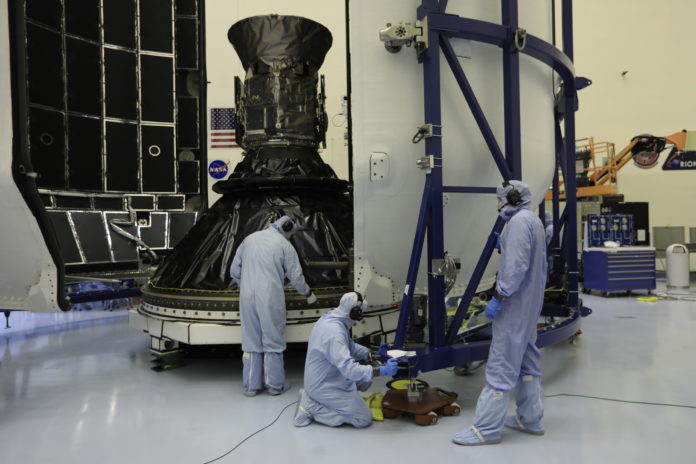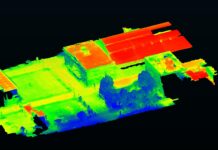
University of Louisville researchers are part of a team that has identified more than 20 new planets outside of our solar system — some of which may have the right conditions to support life.
The UofL is part of the ground-based team for NASA’s Transiting Exoplanet Survey Satellite (TESS) program, which launched in spring 2018 from the Kennedy Space Center in Florida atop a SpaceX Falcon 9 rocket.
The mission is to identify Earth-like planets revolving around nearby stars, with the UofL team helping verify results and figuring out the characteristics of the discovered planets.
The program has identified 20-some planets in its first year. According to CNN, citing a study in Nature Astronomy, that includes a “rocky super-Earth” and two “sub-Neptunes.”
These three help fill in our understanding of how planets form, the article said, because they’re somewhere in between planets like Earth — rocky and small — and Neptune — gaseous and big.
“There’s kind of a gap in examples between these two,” said Dr. John Kielkopf, a professor of physics and astronomy at UofL and member of the TESS team.
The TESS satellite will search about 85 percent of the sky for planets over two years. The images will be somewhat low-resolution and cover huge sections of sky, so there will be some blending of stars with one another.
The data and management for the TESS program are led by the Massachusetts Institute of Technology and Harvard-Smithsonian Center for Astrophysics. The ground-based partners, including UofL and its Moore Observatory, in Crestwood, Kentucky, will help check the information collected by the satellite, and expand on it.
“The data come back to us, and we analyze it to measure the transit events precisely, or in some cases to show that the event does not happen, or is mimicked by some other event,” Kielkopf said. “Our measurements improve on the precision of the satellite, and are used to find the radius of the planets and the exact times at which they pass in front of the star.
Dr. Karen Collins, who is leading the TESS follow-up program through Harvard-Smithsonian Center for Astrophysics, helped develop the software behind this research as part of her doctoral studies in the department of Physics and Astronomy at UofL. The software she developed is now widely used for studying planet candidates identified by the Kepler satellite and for TESS followup.
In addition to UofL’s Moore Observatory, university researchers and students will work with UofL’s telescopes at the Mt. Lemmon (Arizona) and Mt. Kent (Australia) observatories. The telescopes will use photometry and spectroscopy to measure the brightness of the star and speed of the planet’s orbit, in collaboration with the University of Southern Queensland.






























